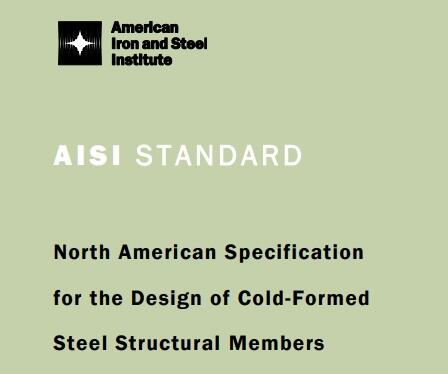
NewsInformation Center
What is the difference between ASTM and AISI?
2023/11/14
ASTM (American Society for Testing and Materials) and AISI (American Iron and Steel Institute) are two distinct organizations that play roles in the standardization and classification of materials, particularly in the metal and alloy industries. Here are the primary differences between ASTM and AISI:

ASTM:
1. Scope: ASTM is an international standards organization that develops and publishes voluntary consensus technical standards for a wide range of materials, products, systems, and services. These standards cover diverse industries such as construction, manufacturing, petroleum, and more.
2. Standards Development: ASTM standards are developed through a consensus-based process involving input from industry stakeholders, experts, and technical committees. The organization aims to establish common technical criteria to ensure the quality, safety, and performance of materials and products.
3. Application: ASTM standards are widely used in the United States and internationally, providing design, testing, and performance specifications for various materials and products. Industries and regulatory bodies often utilize ASTM standards as benchmarks for material properties and performance evaluation.

AISI:
1. Scope: AISI is a trade association representing the North American steel industry. While it does not develop standards in the same way as ASTM, it plays a key role in shaping the steel industry's priorities, promoting innovative technologies, and advocating for the interests of steel producers and manufacturers.
2. Material Designations: AISI is known for its system of material designation codes, particularly for steel and steel alloys. These codes, such as the AISI/SAE steel grades, are widely used to categorize and identify different types of steel based on their chemical composition, mechanical properties, and applications.
3. Industry Influence: AISI works closely with government agencies, policymakers, and other industry stakeholders to address issues related to the steel industry, including trade policies, sustainability, and technological advancements. The organization also provides technical resources and expertise to support steel-related research and development efforts.
In summary, while ASTM is primarily focused on the development of technical standards spanning various industries, AISI is specifically dedicated to representing and advancing the interests of the steel industry, particularly in North America. Both organizations contribute to the standardization and classification of materials, with ASTM providing broader coverage across industries and AISI playing a focused role within the steel sector.
Previous: Standard Test Methods for Strength Testing for Zipper
N e x t : Understanding Filtration Efficiency: PFE, BFE, and VFE



